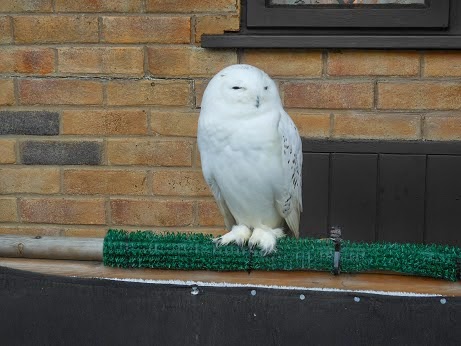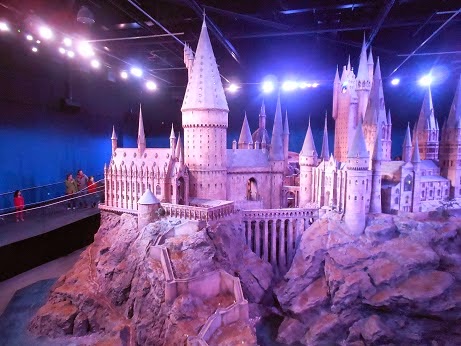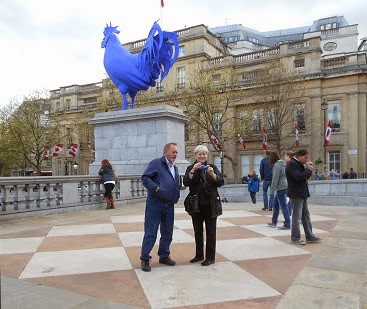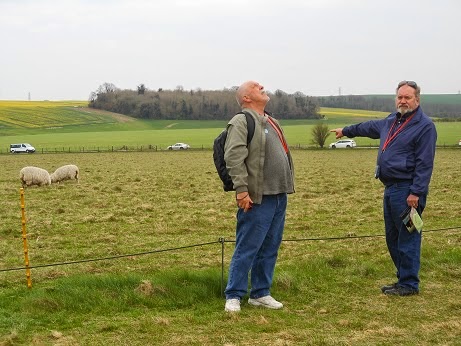 |
| Lion at the British Museum |
So what do you do after you’ve spent 9 hours on a plane and
an hour or two getting to your hotel? You go
British Museum. Traveling with friends
is really fun, particularly since we’re all willing to not only run around as a
group, but break off on occasion to follow our own muses. However, since we
were quite jet lagged and more than a bit goofy, we wandered in to the museum,
en masse. The lion greeted us and the exhibits literally overwhelmed us; the
oldest chess set in the world is housed here, as is the Rosetta Stone and a
whole host of Egyptian, Greek, Anglo-Saxon, and currently Viking artifacts ~
more about the treasures of British museums later.
One
thing we decided we had to do on our first day was to eat fish and chips.
 |
| Fish, chips and peas in a pub |
In
the States these are prepared using anything from strips of cod to halibut to
tilapia. That is not the case in England. Here they use a huge chunk of cod plus the chips (fried potatoes) and
generally add a side order of peas (you can have them mushy or whole; mushy is
substantially better since the whole ones are slightly more tender than ball
bearings). And the accompanying beverage is usually some sort of ale, but the
hard apple cider is a delight.
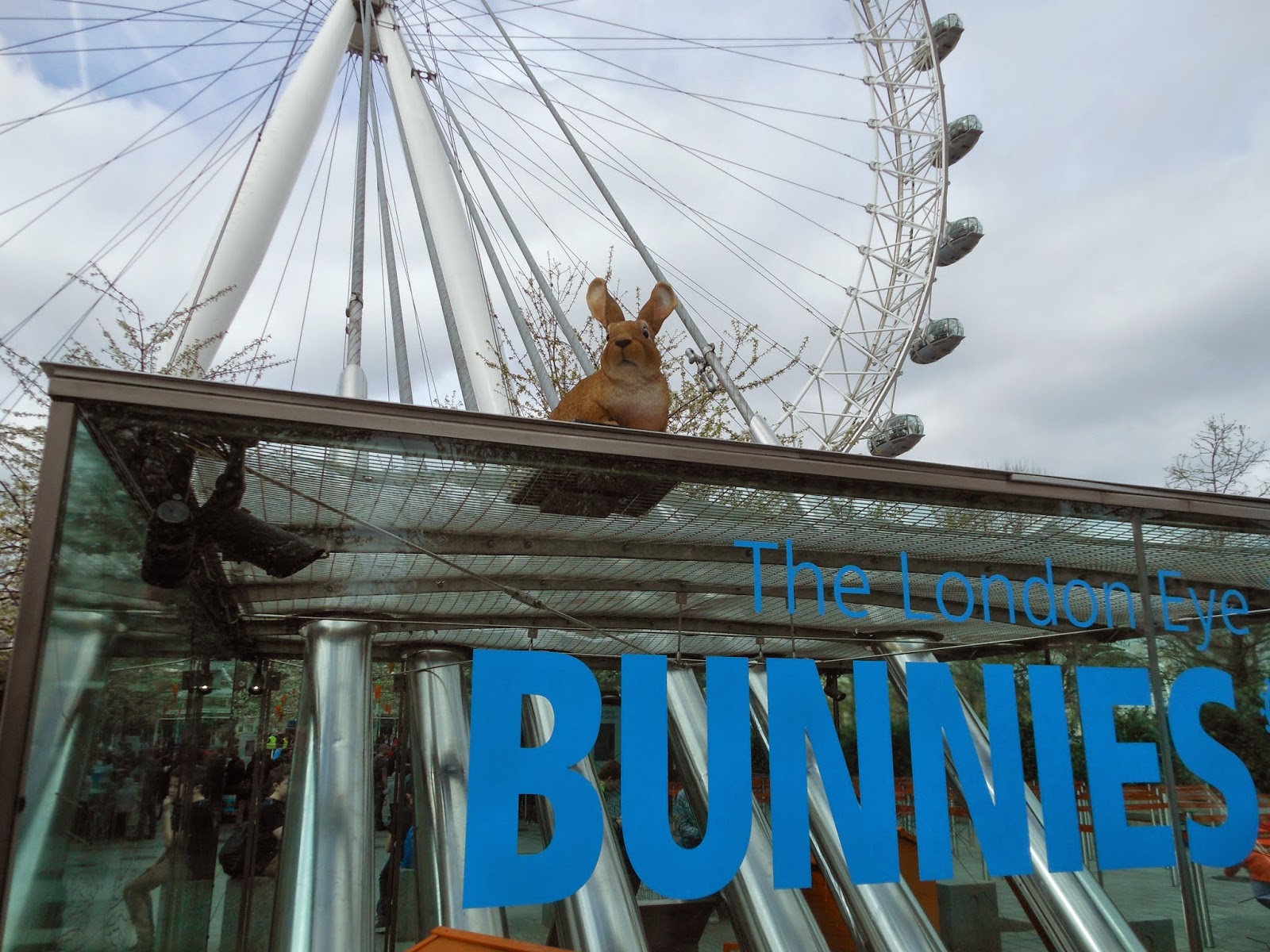 |
| London Eye Rabbit |
After
lunch and a bit of a rest, we headed for
Westminster Abby and
Big Ben. Along the way I was
delighted to see that there were bunnies loose in the city. The plaza near the
London Eye is decorated for Easter with
rabbits (check out their website now to see the Easter Bunny) and very soon
they will have a marathon in which the runners try to
find the ‘lost bunny’. It
all sounds like a lot of fun.
A bit
about London hotels: think small rooms and no air conditioning. The positive
thing is that the windows open to let in cool air. Although this is April and
you need a jacket to wear outside, you’ll be very happy to have fresh air in
your hotel room. Our room, in the Tavistock Hotel, is several stories above a bowling alley which
doesn’t close until midnight ~ make sure you pack earplugs. A ‘full English
breakfast’ has been eggs (poached, scrambled or boiled), bread, an assortment
of jellies, bacon (lots of meat), sausages, grapefruit, oranges, prunes, baked
beans (traditionally served on toast), stewed tomatoes, fish poached in a
sauce, several types of bread, several types of cereal, and coffee, tea, juice,
water. At our hotel it’s all prepared fresh daily, so it’s pretty good! We've found that the best thing about our breakfast time is our coffee server, Sabrina. She's the reason this hotel has so much business. If you’re
a Starbucks addict, there’s one on about every other corner and they have better
than average internet; unexpectedly, our hotel did not have internet in the room (as advertised) and the band width in the lobby was extremely limited. There are internet cafés, and if you need that level of
speed/dependability, they are most likely better than the free internet in the
hotel lobby, particularly if there are lots of people hanging around checking
email.
So what’s on for tomorrow? More fun, more
exploring, a lot more walking and a substantial bit of magic!
 |
| Queen's Guards? |
©2013
NearNormal Design and Production Studio - All rights including copyright of
photographs and designs, as well as intellectual rights are reserved.

















